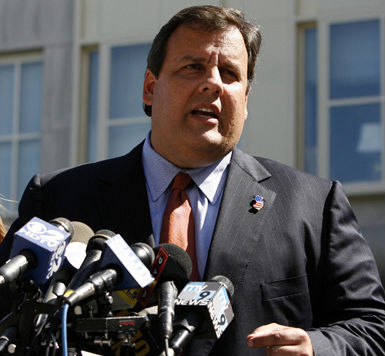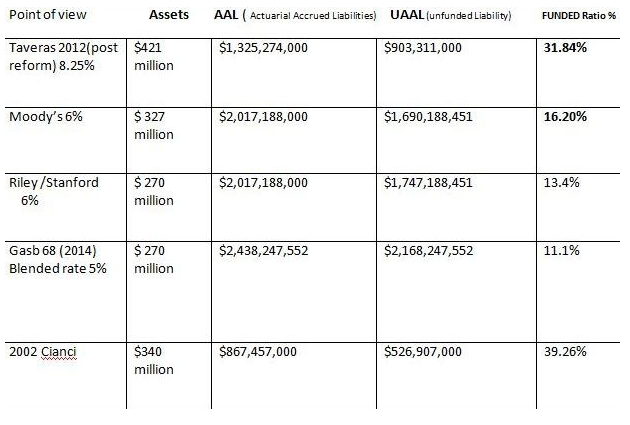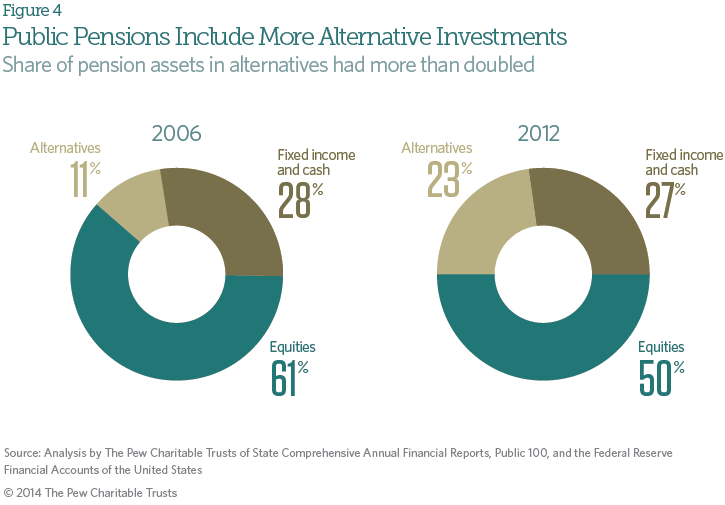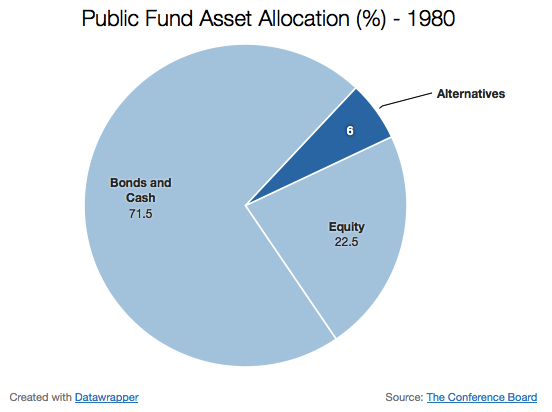According to U.S. auditors, more than $200 million is “missing” from the United Nations’ Afghanistan Law and Order Trust Fund (LOFTA), a fund used to pay the salaries and pensions of the Afghanistan police force.
The Special Inspector General for Afghanistan Reconstruction authored a letter, released Monday, questioning whether the fund’s money was the subject of widespread “fraud”. From the Fiscal Times:
U.S. auditors are once again sounding the alarm on the UN Development Program for not being able to account for more than $200 million from the Afghanistan Law and Order Trust Fund known as LOFTA.
In a new letter released Monday, Special Inspector General for Afghanistan Reconstruction John Sopko warns Pentagon officials of the growing concerns of fraud and abuse within the program.
Sopko’s letter paints a disturbing picture of hundreds of millions of dollars going out the door—paying for inflated police salaries, potential “ghost employees” and questionable “deductions” to the Afghan Ministry of Interior.
The IG said he had requested the UN agency describe “how it has accounted for up to $200 million in “deductions” that the Afghan Ministry of Interior may have taken from the salaries” of police employees who are paid with the LOFTA funds.
The agency, however, could not answer Sopko’s question.
In another instance, a previous probe identified more than 4,579 improper payroll payments from the fund made between December of 2012 and 2013—totaling approximately $40 million.
Last year, the Defense Department’s Inspector General found that the Afghan Ministry of Interior “could not account for $17.4 million in pension withholdings and $9.9 million in cooperative fund withholdings” according to SIGAR.
The U.S. is particularly concerned because it contributed much of the money that is disappearing. From MSNBC:
The U.S. and other nations have donated more than $3 billion to the Law and Order Trust Fund for Afghanistan, the fund that pays the nation’s police force. Helen Clark, the UNDP administrator, has argued that it is not the agency’s job to conduct oversight of some of the programs administered through the trust fund.
The ANP has struggled to battle corruption in its ranks, and for several months last winter, officers were not paid due to what Afghan officials told The New York Times was simply an administrative issue.
The latest move by the Inspector General to get information about how reconstruction money is being spent shows again how much money has disappeared over the 13 years of war and attempts at reconstruction. Last month, another SIGAR inquiry looked at $6.5 million wasted on constructing communications towers despite ample evidence that the towers were a bad idea.
Click here to read the entire letter from the Special Inspector General.










